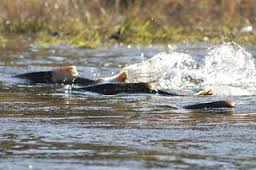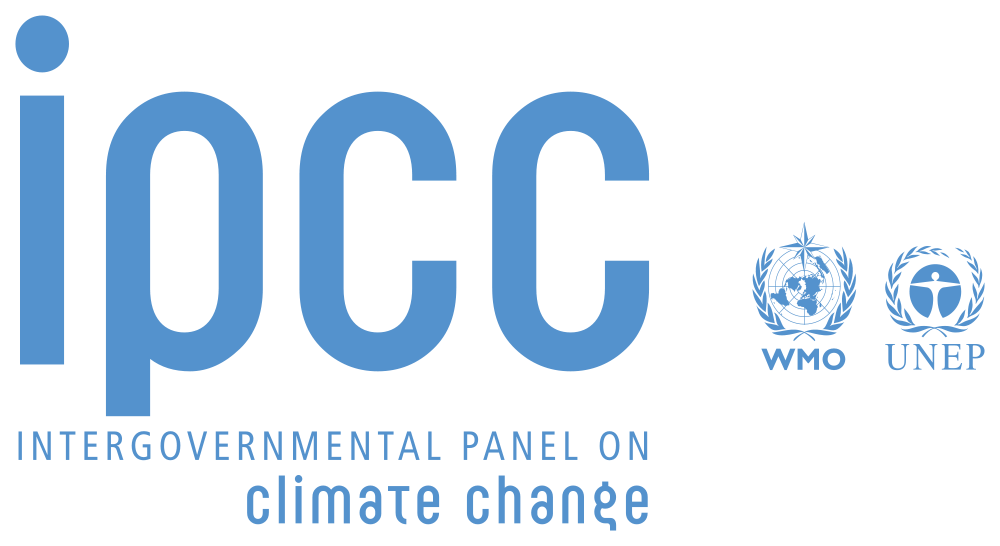The largest fall migration of Chinook salmon in decades is headed up the Columbia River. In fact, the number of adult fish that have passed the Bonneville Lock and Dam surpassed one million last week. Read more about these iconic Pacific Northwest fish navigating the Columbia in the Seattle Times.
Read more »UW researchers helped draft international assessment of climate change
College of the Environment researchers helped author the latest Intergovernmental Panel on Climate Change report, released on September 30, 2013, that details the physical basis for global climate change. The massive undertaking largely reaffirms the findings from previous IPCC assessments while also adding more information about climate change’s effects on oceans. See below for UW-affiliated scientists that contributed to the report, and read more about what UW scientists have to say about this assessment in UW Today.
Read more »Why do we keep hearing global fisheries are collapsing?
Some marine scientists say many of the world’s fish stocks are nearing collapse, but the data suggest otherwise. So why is the media still reporting that we’re on the verge of a fisheries collapse? Read more, including an essay by Aquatic and Fishery Sciences Professor Ray Hilborn, on Mother Nature Network.
Read more »Scientists work to clarify the Cascadia Subduction Zone
The Cascadia Subduction Zone runs from Cape Mendocino, Calif., to Vancouver Island, B.C. It is the place where the rocky plate underneath the Pacific Ocean pushes under North America, and the last time it moved (in 1700) it triggered a 9.0 earthquake and a massive tsunami. OCEAN and ESS professor Paul Johnson is one of the scientists measuring the features of this zone in the deep water – up to 1.5 miles deep.
Read more »Wind and rain belts will shift north as planet warms
With climate change, a northward shift of Earth’s wind and rain belts could make a broad swath of regions drier, including the Middle East, American West and Amazonia, while making Monsoon Asia and equatorial Africa wetter. This is based on new research in the Proceedings of the National Academy of Sciences, and is supported by modeling done by ATMOS’ Dargan Frierson.
Read more »



